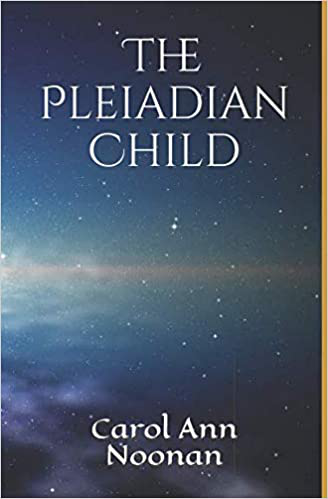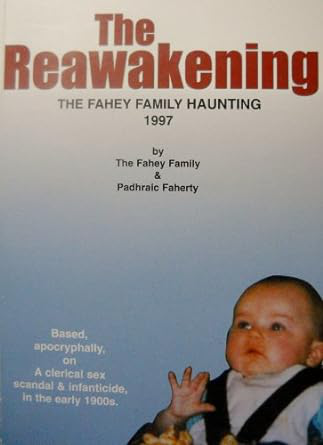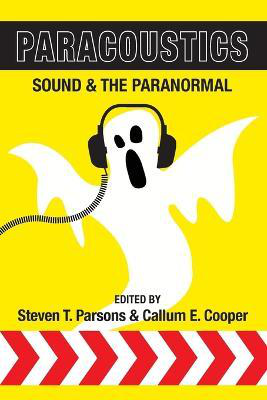Latest Study Challenges Skepticism Surrounding Peruvian ’Alien Mummies’
Alien Life & UFO/UAPs
Tuesday 25th, June 2024
3 minute read.
A recent study has reignited interest in the three fingered 'alien mummies' discovered in Peru, which were largely dismissed as a hoax by the scientific community. The mummies, first uncovered in 2017, include a particularly intriguing specimen named 'Maria'. Initial assessments categorised these findings as altered pre-Columbian mummies, but new evidence suggests a more complex story.
Maria, labelled as M01, was found in a tomb in Nazca, a city in southern Peru, alongside five other mummies. The discovery, made by journalist and ufologist Jaime Maussan, included a nine month old child and four male mummies. Maussan has prominently displayed these mummies, claiming they are remnants of alien beings that once inhabited Earth. Despite his unwavering stance, the majority of experts initially dismissed the mummies as elaborate forgeries.
However, a recent imaging analysis conducted by a team of Peruvian researchers has provided new insights. Their study, published in the Journal of Social and Environmental Management, describes Maria as having biological similarities to humans but with several significant anatomical differences. According to the researchers, "The most notable feature of the skull is its significant elongation, without external signs of cranial compression from external agents. Specifically, it is the cranial vault that shows an atypical growth and development, resembling a dolichocephalic phenotype. Additionally, the cranial volume is 30 percent larger than that of a normal human".
The study also revealed that Maria's bones flow smoothly under the mummified casing, akin to human skeletal structure. The elongated skull showed no signs of artificial cranial deformation. Furthermore, scans indicated that Maria had bulging eyes and protruding upper and lower jaws. The mummy's hands and feet were particularly unusual. The bones in the wrist, palm, and base parts of the three fingers transitioned smoothly and uniformly, making the hands appear as wide as a human's but eight inches (20.3 centimetres) longer. Each finger had four phalanges, unlike the three phalanges typically found in humans. Similarly, the feet, which also had four phalanges per toe, were nine inches (22.9 centimetres) long, much longer than a typical human foot.
The team dated the mummy to between 240AD and 383AD, suggesting it coexisted with the ancient Nazca civilisation. Maria's calcaneus bone, forming the heel, lacked the large bump found in humans, implying she might have walked hunched over to maintain stability. Contrary to Maussan's claims that Maria was pregnant, the new study found that the mummy was "impregnated with a white powder", known as diatomaceous earth, used for preservation.
The researchers concluded that Maria exhibited numerous structural differences and morphological singularities compared to humans. They stated, "Based on the superficial morphological and tomographic imaging analysis, it is concluded that specimen M01 is a desiccated humanoid body with a biological architecture similar to humans, yet exhibiting numerous structural differences and morphological and anatomical singularities".
This study challenges the initial dismissal of the mummies as mere hoaxes and opens the door for further scientific investigation. While many experts remain sceptical, the detailed imaging analysis suggests that there is still much to learn about these specimens.
Maria, labelled as M01, was found in a tomb in Nazca, a city in southern Peru, alongside five other mummies. The discovery, made by journalist and ufologist Jaime Maussan, included a nine month old child and four male mummies. Maussan has prominently displayed these mummies, claiming they are remnants of alien beings that once inhabited Earth. Despite his unwavering stance, the majority of experts initially dismissed the mummies as elaborate forgeries.
However, a recent imaging analysis conducted by a team of Peruvian researchers has provided new insights. Their study, published in the Journal of Social and Environmental Management, describes Maria as having biological similarities to humans but with several significant anatomical differences. According to the researchers, "The most notable feature of the skull is its significant elongation, without external signs of cranial compression from external agents. Specifically, it is the cranial vault that shows an atypical growth and development, resembling a dolichocephalic phenotype. Additionally, the cranial volume is 30 percent larger than that of a normal human".
The study also revealed that Maria's bones flow smoothly under the mummified casing, akin to human skeletal structure. The elongated skull showed no signs of artificial cranial deformation. Furthermore, scans indicated that Maria had bulging eyes and protruding upper and lower jaws. The mummy's hands and feet were particularly unusual. The bones in the wrist, palm, and base parts of the three fingers transitioned smoothly and uniformly, making the hands appear as wide as a human's but eight inches (20.3 centimetres) longer. Each finger had four phalanges, unlike the three phalanges typically found in humans. Similarly, the feet, which also had four phalanges per toe, were nine inches (22.9 centimetres) long, much longer than a typical human foot.
The team dated the mummy to between 240AD and 383AD, suggesting it coexisted with the ancient Nazca civilisation. Maria's calcaneus bone, forming the heel, lacked the large bump found in humans, implying she might have walked hunched over to maintain stability. Contrary to Maussan's claims that Maria was pregnant, the new study found that the mummy was "impregnated with a white powder", known as diatomaceous earth, used for preservation.
The researchers concluded that Maria exhibited numerous structural differences and morphological singularities compared to humans. They stated, "Based on the superficial morphological and tomographic imaging analysis, it is concluded that specimen M01 is a desiccated humanoid body with a biological architecture similar to humans, yet exhibiting numerous structural differences and morphological and anatomical singularities".
This study challenges the initial dismissal of the mummies as mere hoaxes and opens the door for further scientific investigation. While many experts remain sceptical, the detailed imaging analysis suggests that there is still much to learn about these specimens.



